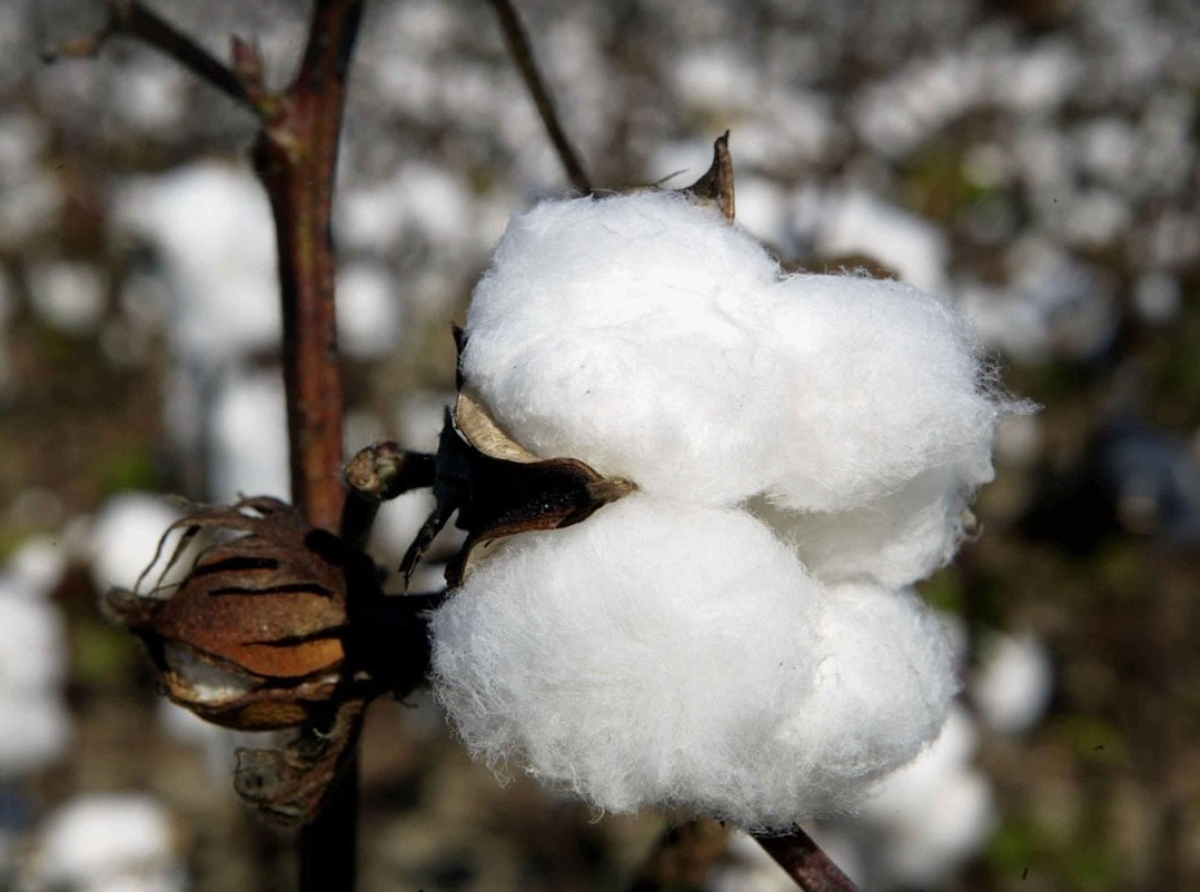02 March 2022, Mumbai:
Allow 40 lakh bales duty free import of cotton to avoid job losses – SIMA
The predominantly cotton based Indian textiles and clothing industry provides jobs to over 105 million people across the country especially for the people below the poverty line, rural masses & women folks including 6.5 million cotton farmers by consuming over 85% of the cotton produced in the country.
Cotton being an agricultural and seasonal commodity, over 90% of the cotton arrives the market during December to March every cotton season. Owing to working capital constraint and high cost of funding, the spinning mills normally maintain two to three months’ stock after the season and procure the balance cotton from open market during July to October.
The country has been so far producing surplus cotton and exporting the same to different countries, especially Bangladesh. But during the current season, owing to substantial increase in demand and export of around 50 lakh bales, the country is likely to face 30 to 40 lakh bales cotton shortage.

The unprecedented increase in domestic cotton price from the level of Rs.135 per kg (Feb 2021) to Rs.219 per kg (Feb 2022) in one year, an increase of around 65%, is greatly affecting the exporters to meet their export commitments. The levy of 11% import duty (5% BCD, 5% AIDC & 10% Social Welfare Surcharge on both) has aggravated the cotton market in India.
As the seed cotton price (kapas) is ruling around 70% higher than the Minimum Support Price, the farmers, ginners and traders are hoarding the cotton hoping for further increase in prices.
The cotton arrival has drastically reduced to around 220 lakh bales during February 2022 as against around 293 lakh bales arrived during the same period last year.
Out of 220 lakh bales arrived in the market, around 150 lakh bales have been consumed by the mills, 30 lakh bales have been contracted for exports, 15 to 20 lakh bales are in the pipeline and around 20 lakh bales are with the trade and ginners.
Hence, the spinning mills are having one to two months stock only, as against the normal stock of three to six months during February.
The steep increase in cotton price on a daily basis is seriously affecting the exporters, who have three to four months’ export contracts with a committed prices. Few traders are intensively using MCX and NCDEX cotton futures to speculate the prices by creating artificial scarcity.
Therefore, the entire industry is heading towards a crisis during the off-season.
2 At the Press Meet held today at SIMA premises, Mr.Ravi Sam, Chairman, The Southern India Mills’ Association (SIMA) has appealed to the Hon’ble Prime Minister for his immediate intervention on cotton policies and take appropriate steps to avoid stoppage of production and job losses and enable the exporters to meet their export commitment during the offseason.
RELATED ARTICLE: The Southern India Mills’ Association (SIMA): Union Budget 2022-23, a growth oriented one
Join our community on Linkedin

























